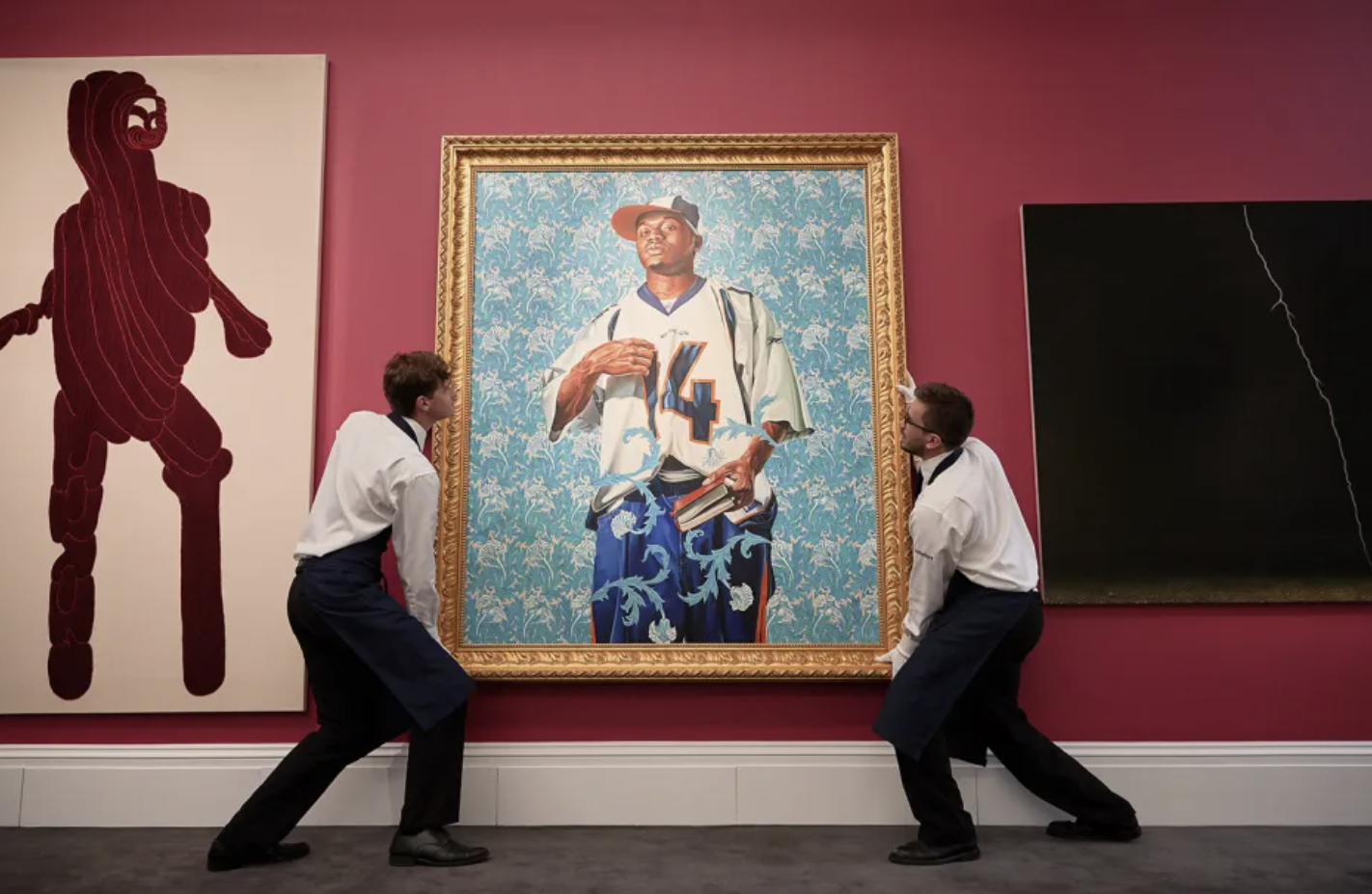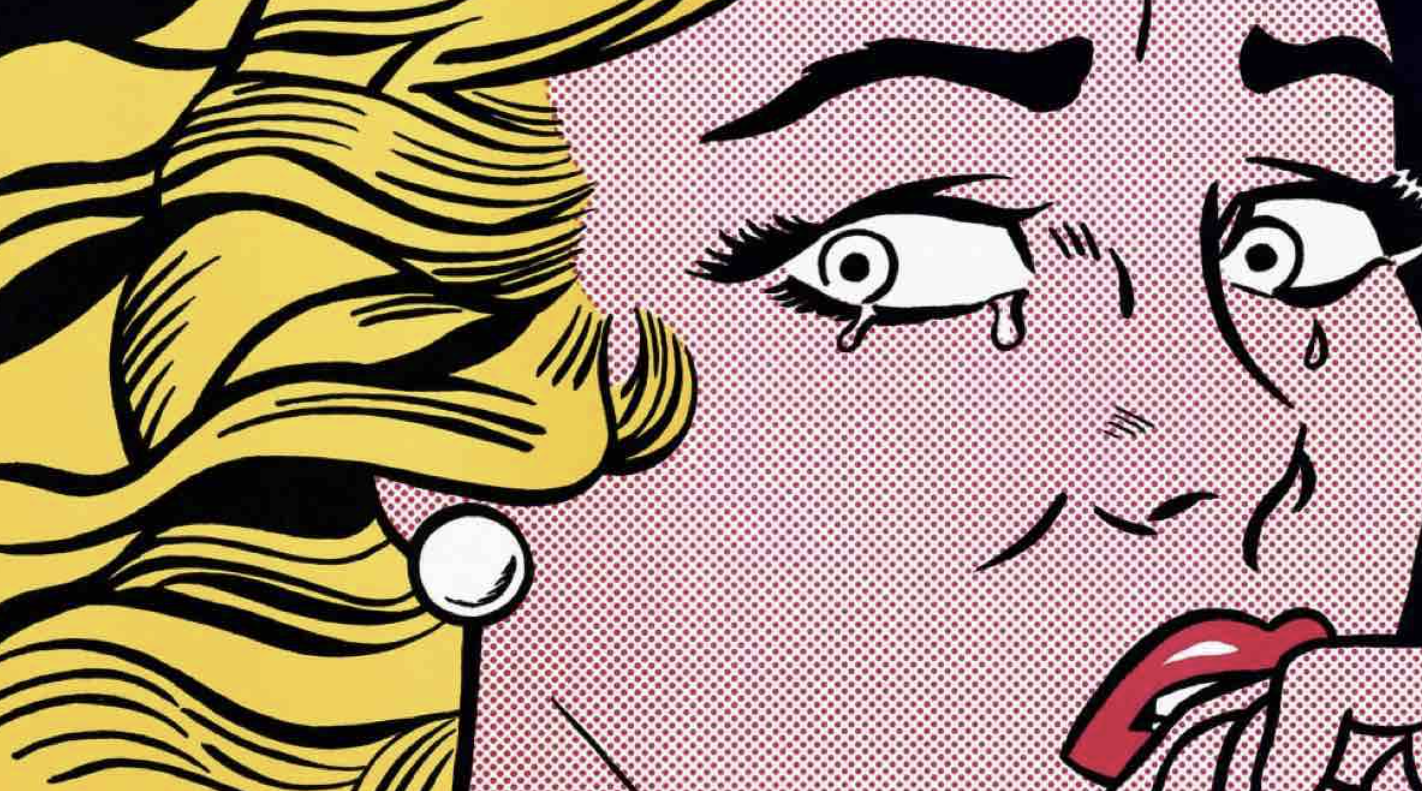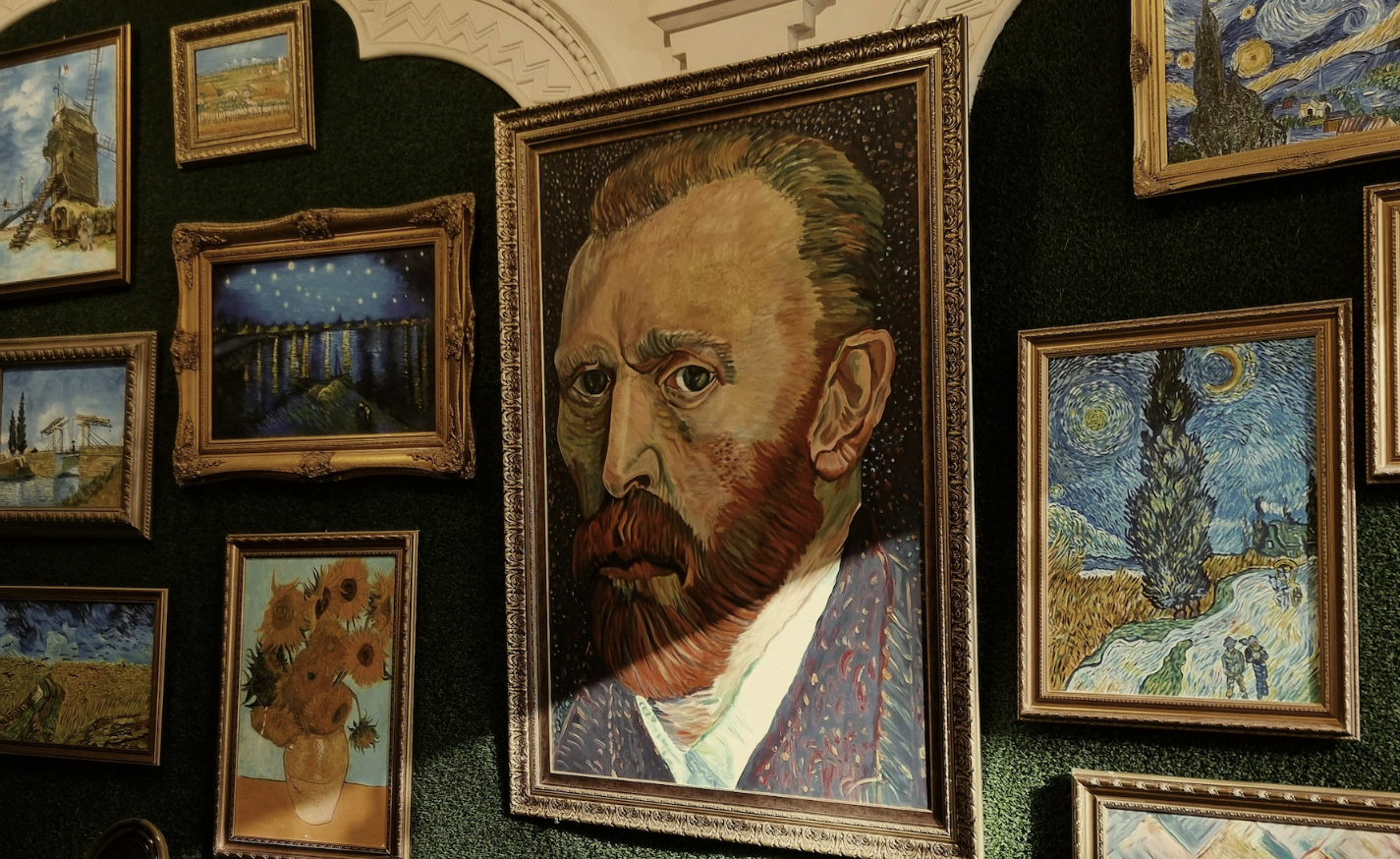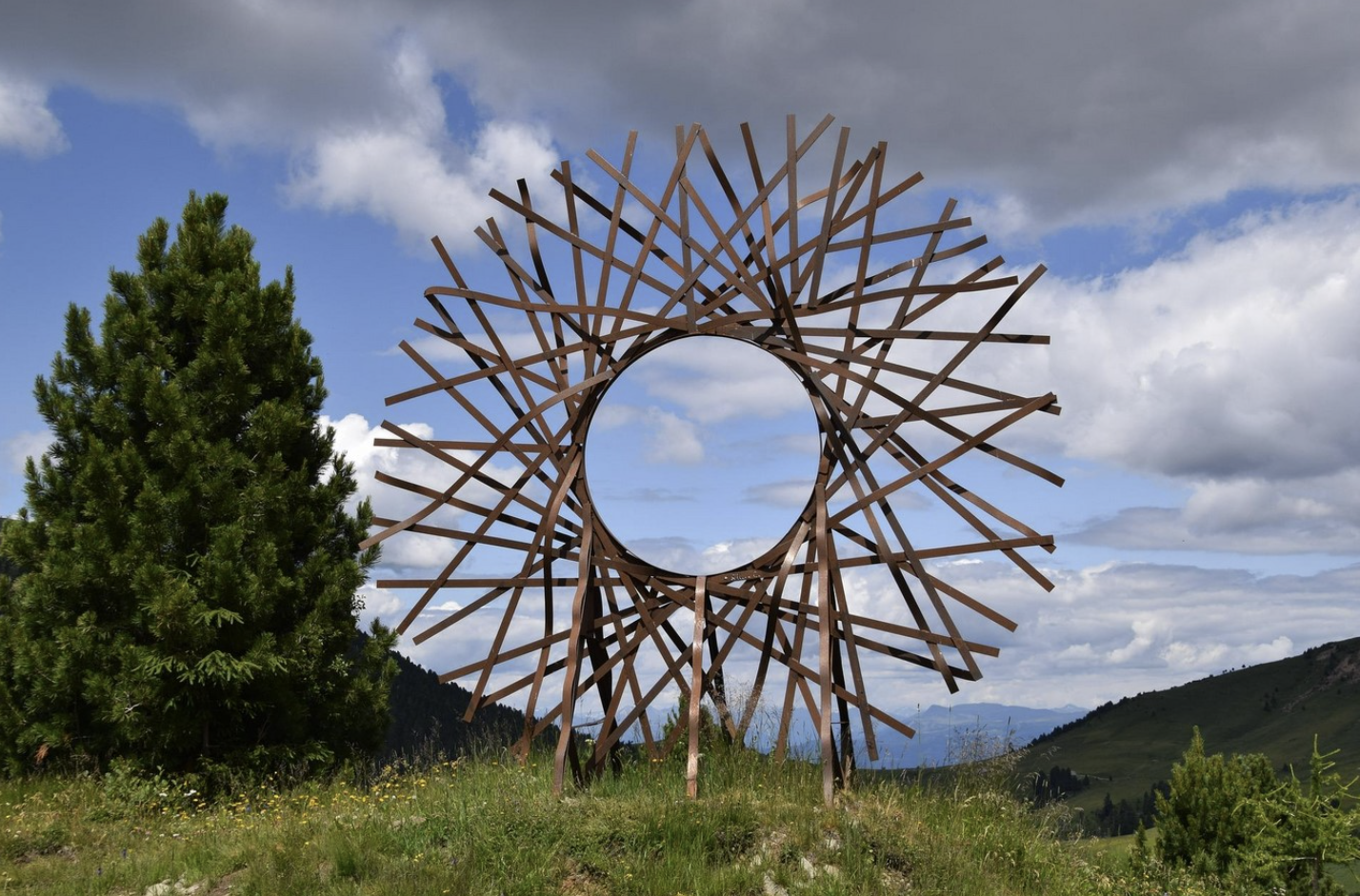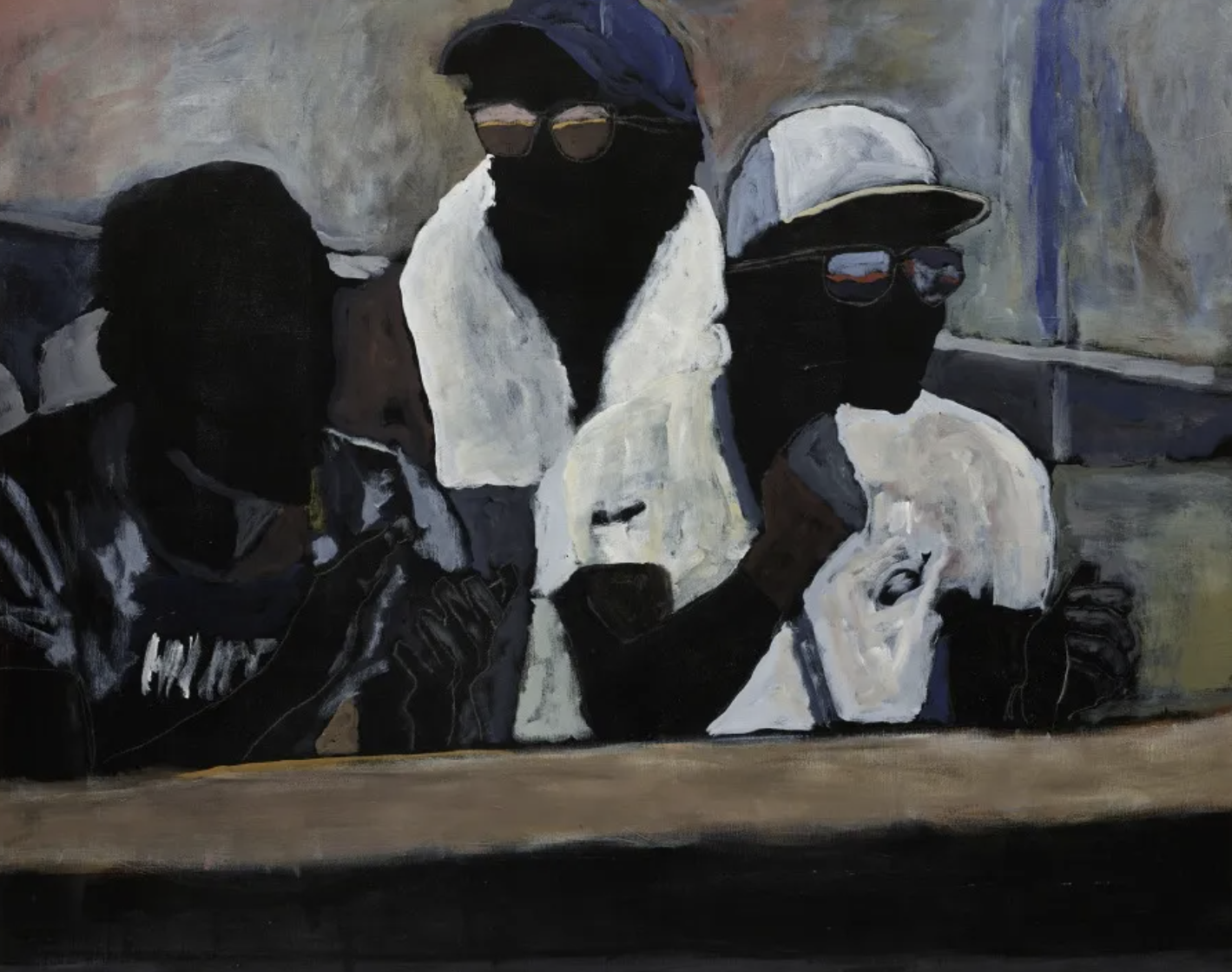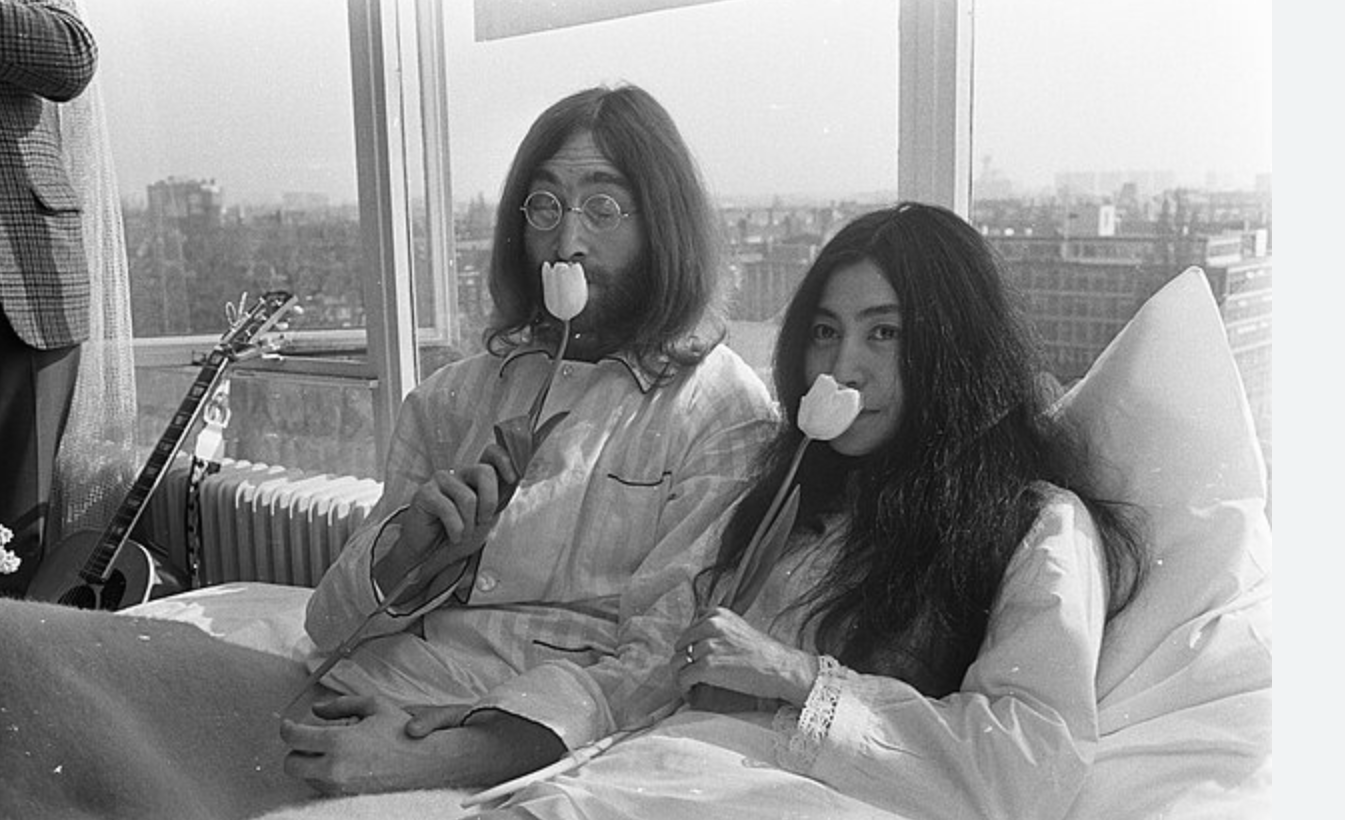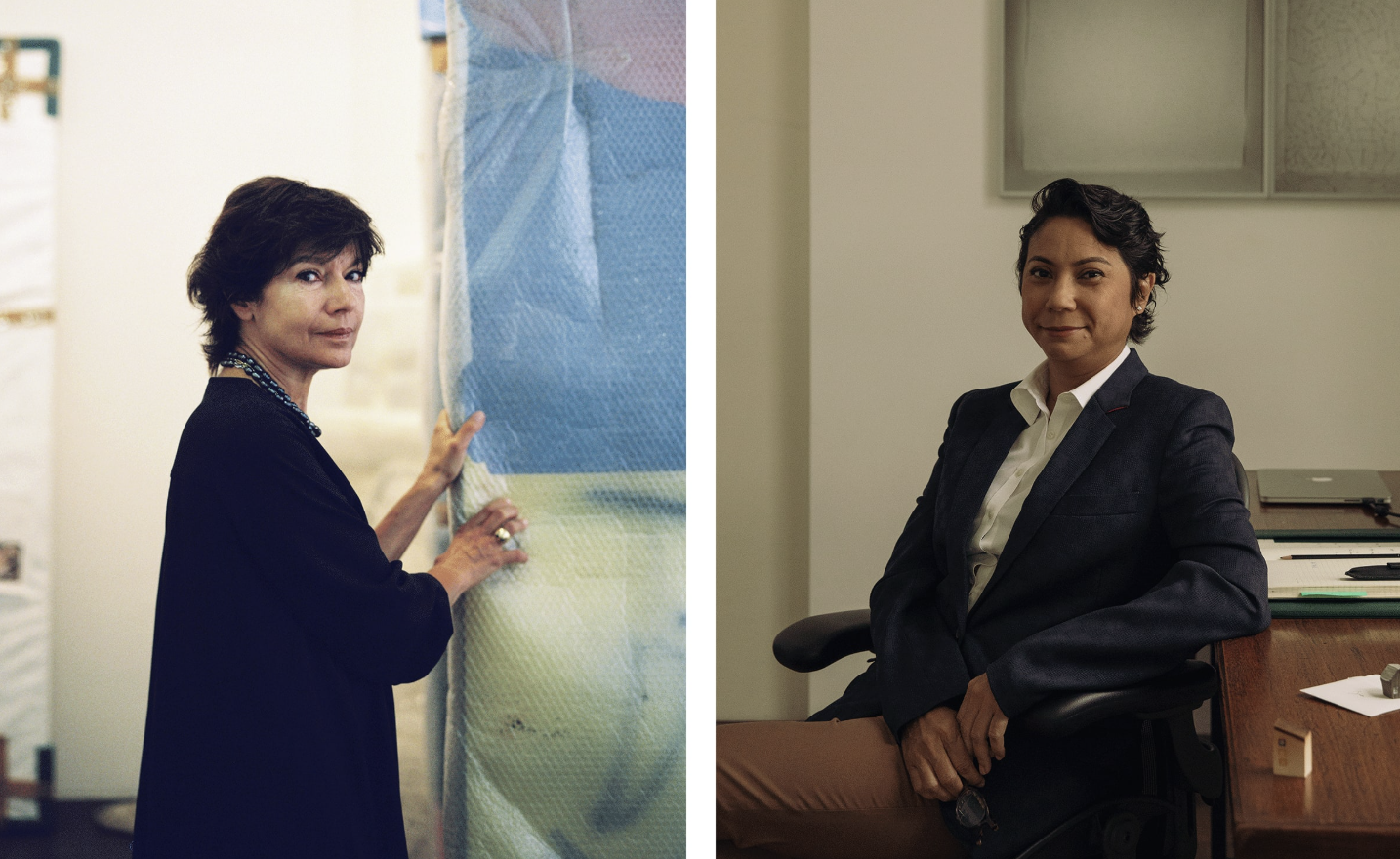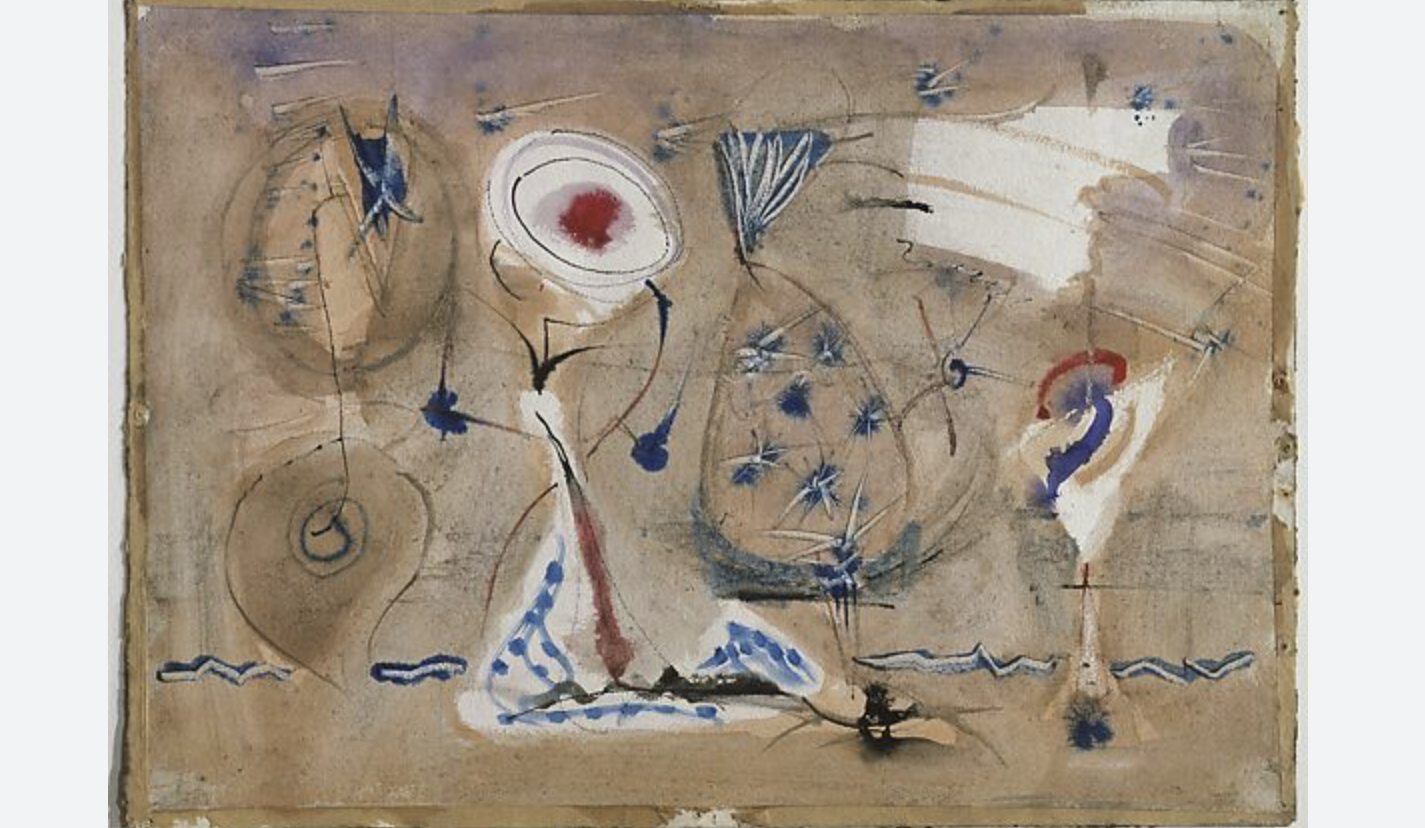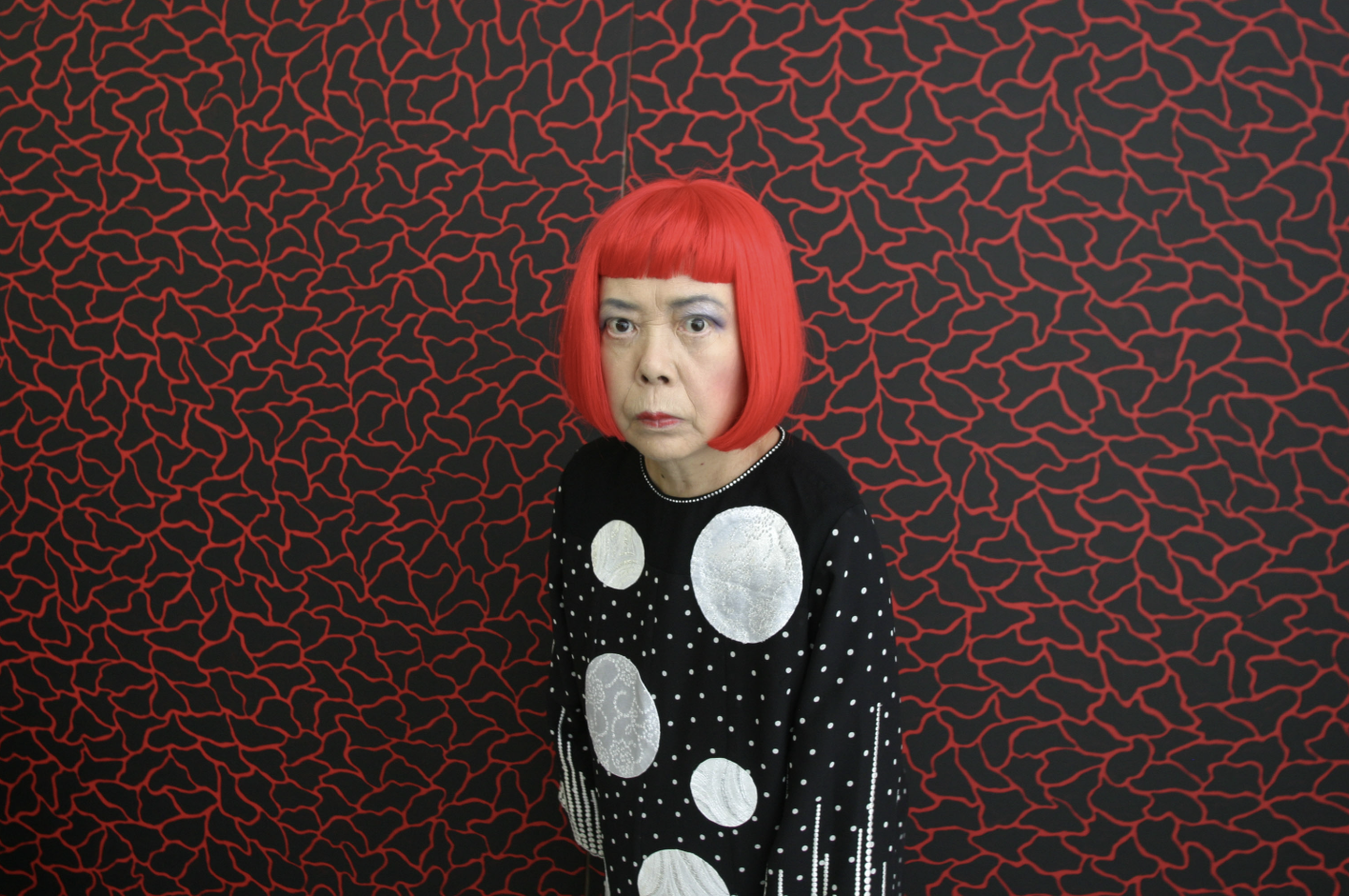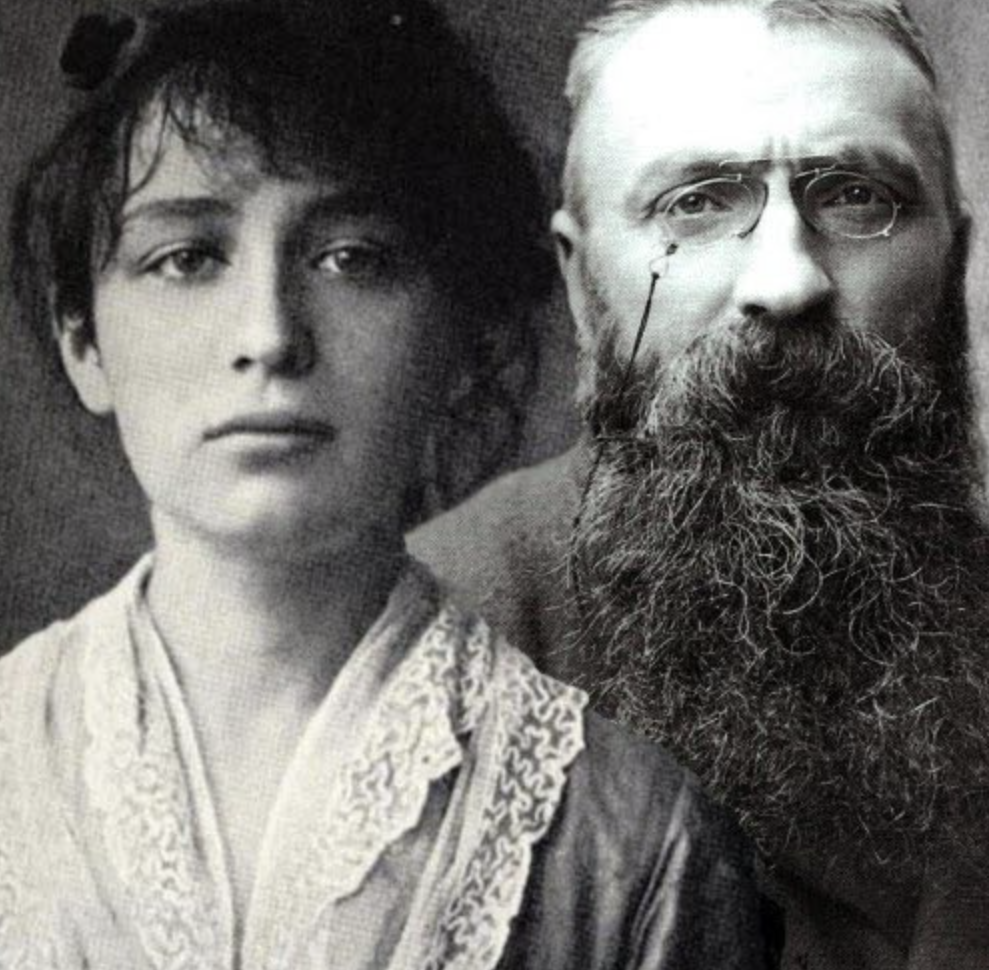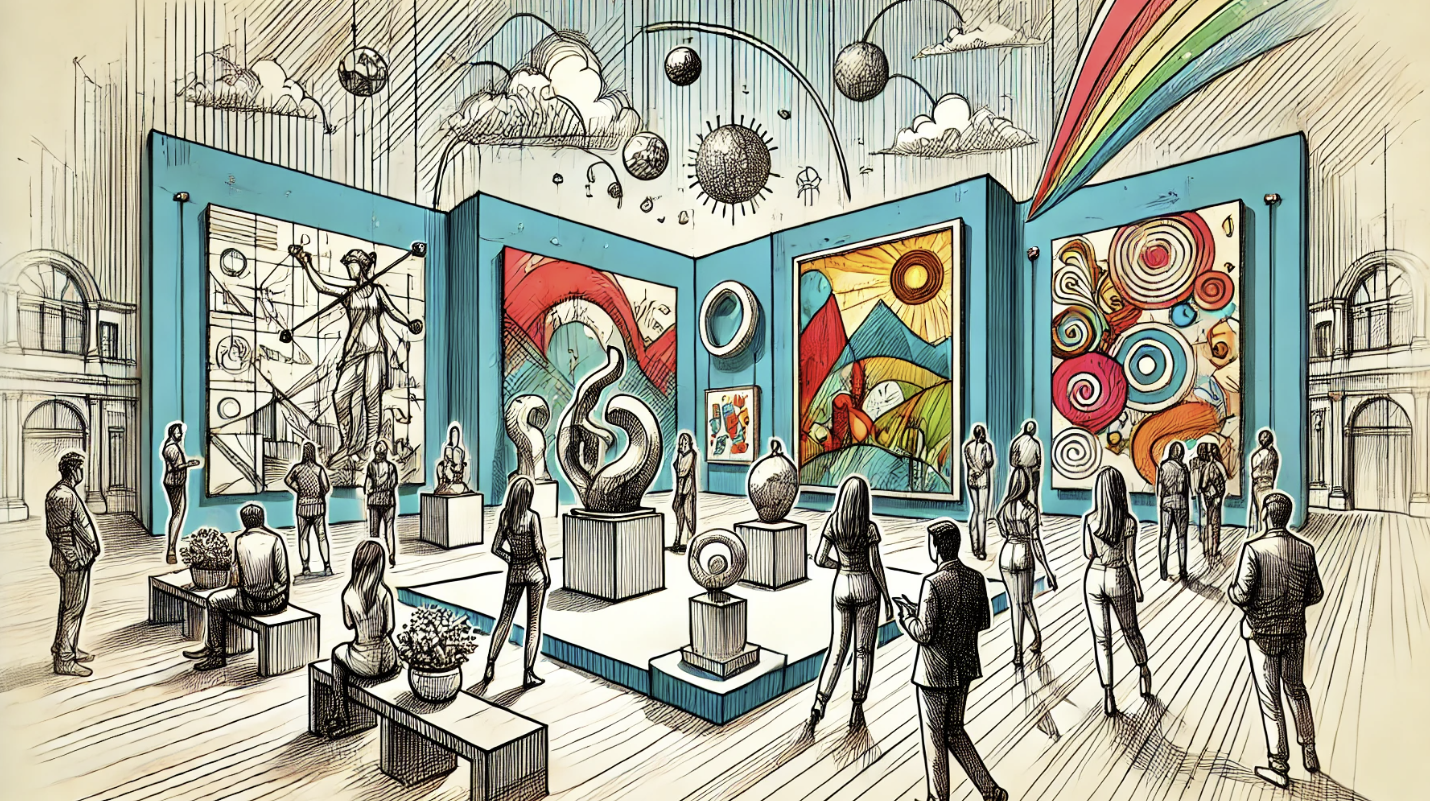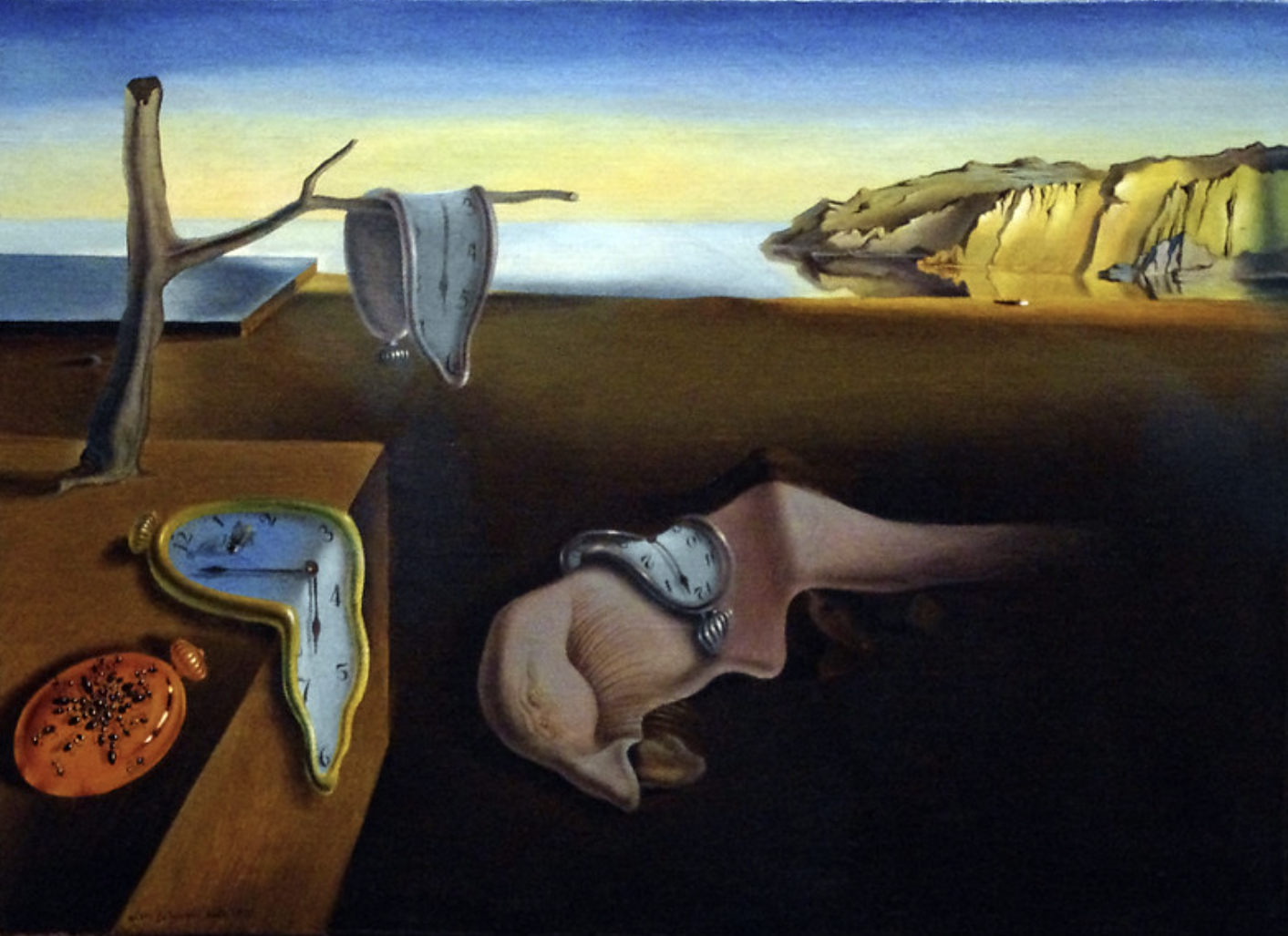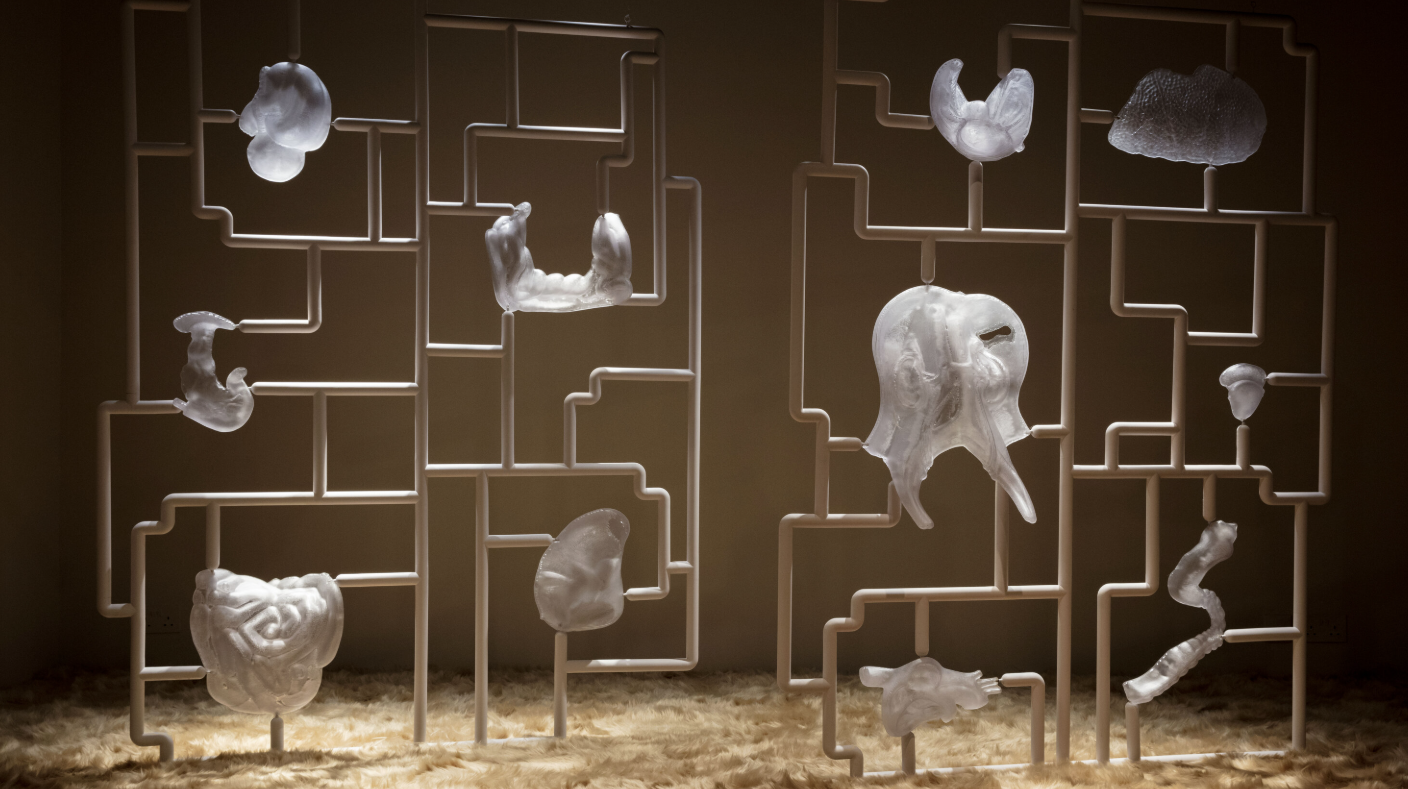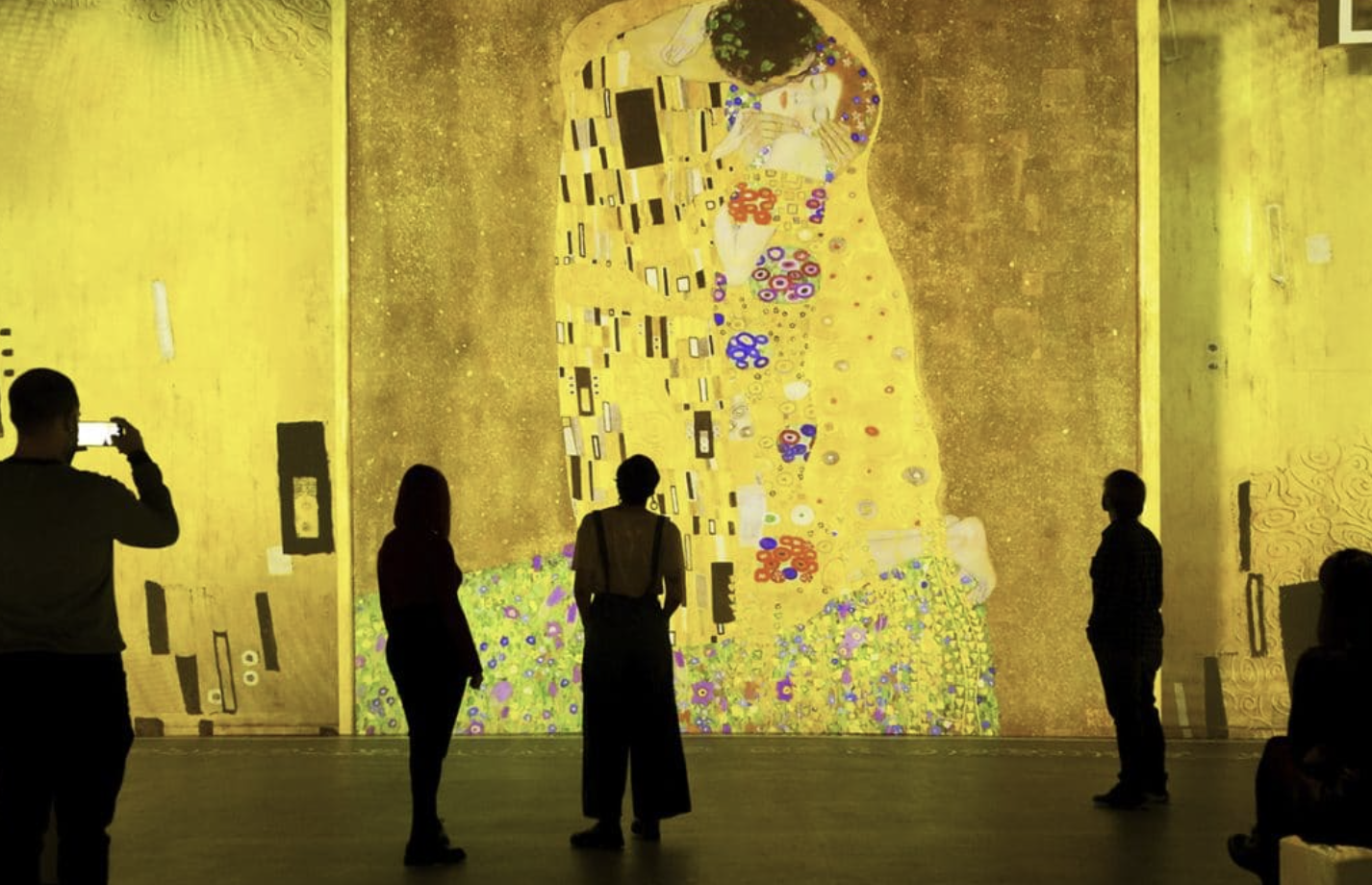
Gustav Klimt’s The Kiss (1907-1908) remains one of the most iconic works in art history, encapsulating both the beauty and complexity of love. As Klimt’s final painting in his celebrated Gold Phase, it is a testament to his mastery of form, color, and texture, and continues to captivate audiences around the world. This masterpiece, both delicate and grand, explores themes of intimacy, passion, and the eternal nature of love.
The Early Years of Gustav Klimt
Klimt’s journey as an artist began early in his life. Born in 1862, he showed an interest in art from a young age. At just 14, he enrolled at the Vienna School of Decorative Arts, where he trained for seven years. Afterward, he pursued a career as an architectural painter, before later establishing the Company of Artists with his brother. The duo produced numerous murals, many commissioned by the city of Vienna, further solidifying Klimt’s presence in the art scene.
The Birth of the Vienna Secession
In 1892, following the deaths of his father and brother, Klimt experienced profound personal loss, which impacted both his personal life and his artistic direction. In search of like-minded individuals, he founded the Vienna Secession in 1897, alongside fellow artists like Egon Schiele. This group rejected the rigid academic traditions of the past, opting instead for a more modern, free-spirited approach to art.
Klimt’s works during this period, particularly his murals for the University of Vienna, were met with scandal and criticism, often labeled as provocative or even pornographic. Despite the backlash in Vienna, Klimt’s reputation flourished internationally, with works like Medicine winning prestigious awards, such as the Grand Prix at the Paris World’s Fair.
The Golden Period and The Kiss
By the early 1900s, Klimt entered his “Golden Phase,” a period marked by his use of gold leaf and striking two-dimensional compositions. The gold used in these works, including The Kiss, was inspired by Byzantine mosaics, and Klimt’s background as the son of a gold engraver allowed him to work with this luxurious material with great precision.
The Kiss is a monumental piece, measuring 6 x 6 feet, and its use of gold leaf envelops the couple in a radiant glow, contributing to the painting’s ethereal quality. The work stands out not only for its size but for its exceptional symbolism, which continues to intrigue art lovers and scholars alike.
An Ode to Love: The Kiss and Its Symbolism
When The Kiss was first revealed, it quickly became a national treasure, purchased by the Viennese government for its cultural significance. The painting depicts a couple locked in an intimate embrace, wrapped in a shimmering golden cloak that symbolizes the unity and transcendence of their love. The patterns on the cloak are reminiscent of the Arts and Crafts movement, reflecting the era’s emphasis on intricate design and craftsmanship.
Klimt’s treatment of love in this piece is both sensual and spiritual, as he explores the union of two bodies in a way that suggests both eroticism and divine connection. The powerful connection between the lovers, who seem to exist outside of time and space, gives the painting a timeless quality.
The Couple: A Study in Passion and Symbolism
The figures in The Kiss are not just lovers; they represent a perfect harmony between masculinity and femininity, with every detail of their bodies and clothing imbued with symbolic meaning. While the identities of the couple remain a subject of speculation, it is widely believed that the woman in the painting is Emilie Flöge, Klimt’s long-time companion and a fashion designer. However, Klimt, known for his many romantic liaisons, was a lifelong bachelor who fathered 14 children.
Analyzing the Details: Masculine and Feminine Energies
The man in the painting is depicted in a cloak adorned with a bold, geometric black-and-white pattern, representing strength and power. This contrast of angular shapes against the softer, organic curves of the woman’s cloak—which features a pattern of circles symbolizing femininity and maternity—serves as a visual representation of the balance between the two energies.
The woman’s posture is another point of intrigue. Her embrace suggests longing, while the other hand appears to gently push the man away. This ambiguity invites various interpretations about the complexity of relationships and the delicate interplay between desire and restraint.
The Meadow: Nature’s Role in Love
Beneath the lovers, a meadow of flowers adds another layer of symbolism. It speaks to Klimt’s belief in the importance of nature and the interconnectedness of all life. The natural world, with its cycles of growth and decay, mirrors the ebb and flow of love itself. The flowers surrounding the couple emphasize the fragility and beauty of human connection, grounding the ethereal love between the two in the tangible world.
The Eternal Power of The Kiss
Klimt’s The Kiss is not just a depiction of romantic love; it is a celebration of its power to transcend time, space, and even death. The golden embrace in the painting suggests an eternal bond, one that is both protective and all-encompassing. As viewers, we are invited to witness not just the physical act of love but also the deeper spiritual connection it represents. The painting has become one of the most celebrated works in the art world, its timeless message of love, desire, and unity continuing to resonate with audiences around the globe.






